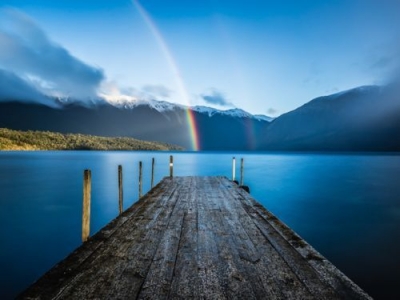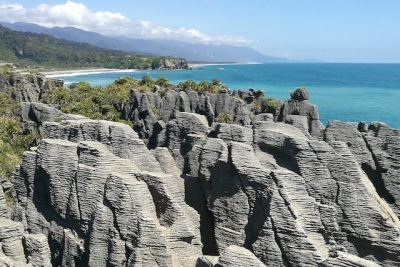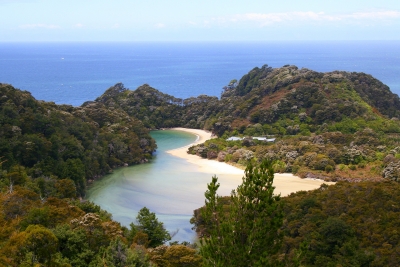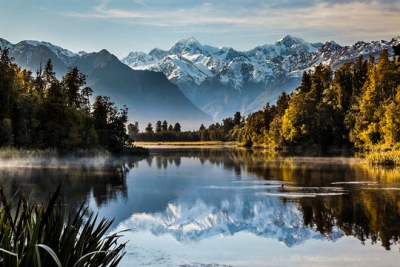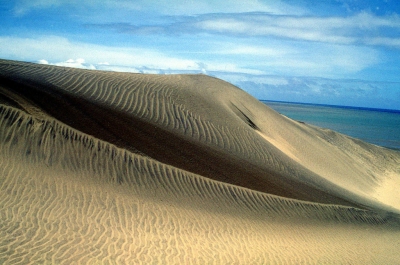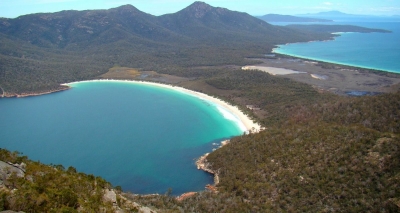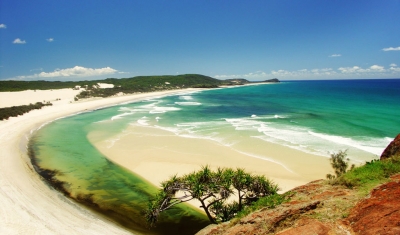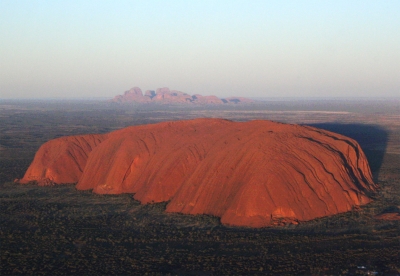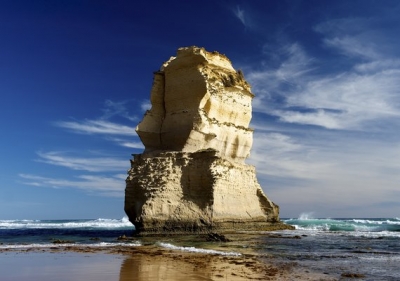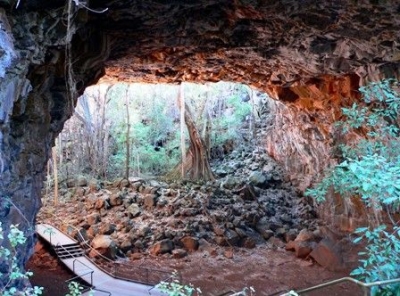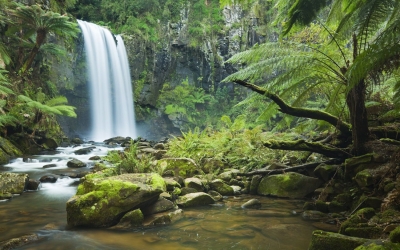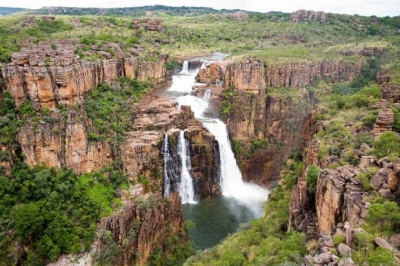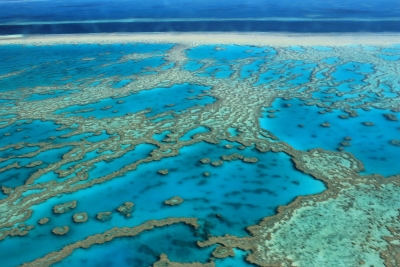Which is the oldest national park in New Zealand?
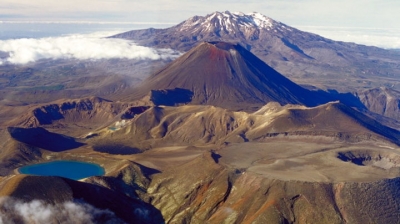
Tongariro National Park is famous not only for being the oldest national park in New Zealand. It is also famous for being a dual World Heritage area.
Tongariro National park is centred around three active volcanoes – Tongariro, Ngauruhoe and Ruapehu. A variety of flora and fauna thrive in this acidic environment. Along with volcanic vents, one could also see several glaciers in the park. The plant and animal life in the park include the endangered whio or blue duck, North Island brown kiwi, tomtit, robin, tui, grey warbler, native falcon, golden and red tussocks, white foxgloves, podocarp trees, mountain cedars and sundews. Because of these outstanding natural characteristics, Tongariro National Park was declared a World Heritage site in 1990.
Three years later, the Park was also granted Cultural World Heriatge status under the revised criteria in recognition of its cultural significance and history. The Park is also famous for Maori cultural and spiritual associations.
Picture Credit : Google
